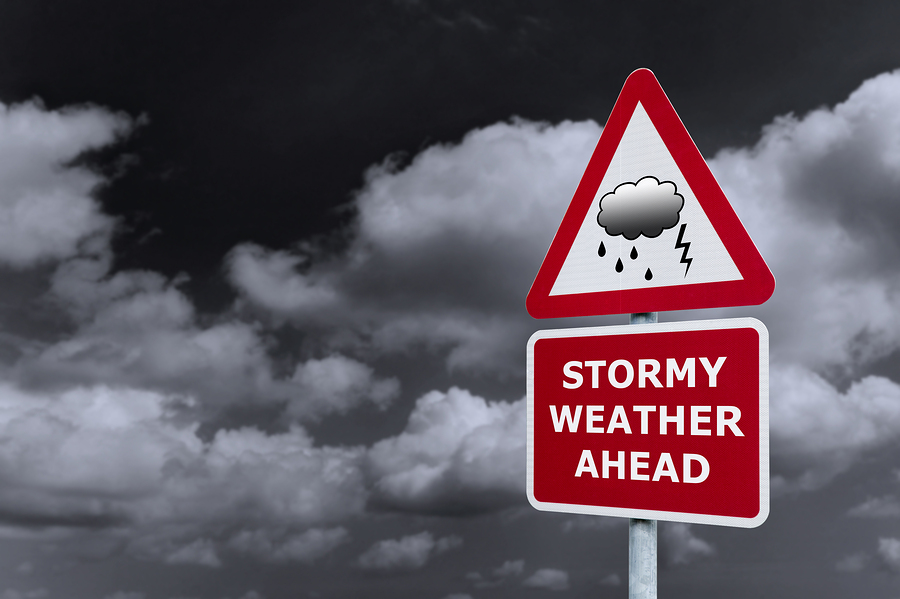RAC advice on driving in adverse weather
Driving in adverse weather conditions can be a challenge, but knowing the best advice to follow is a definite advantage. We asked the RAC to provide best practice guidance.
How to stay safe driving in high winds
With wind speeds of up to 108mph registered this week in the UK and strong gales continually battering parts of Britain, it’s important to know how to stay safe when driving in high winds.
First of all, you have to make an assessment of how safe your journey might be – this means planning a route to your destination and finding out the forecast along that path.
If the Met Office or Highways Agency recommends not travelling, seriously consider staying at home or finding another way.
How to plan your route in high winds
Staying away from open stretches of coastline, for example, can improve safety. But whatever you do, just like driving in snow and ice, make sure you let someone know what time you’re setting off, the route you intend to take and a rough arrival time. Plan your route on the RAC route planner and you can see the latest road closures, traffic and the latest weather conditions along your planned route.
Think about planning in some stops, too. If the conditions are bad, it could require more concentration behind the wheel. Regular breaks will give you time to recover.
What tips can I use to stay safe when driving in strong winds?
Unlike rain or snow, you can’t really see wind – it’s unpredictable, too, which makes it difficult to anticipate the conditions.
As a result, make sure you drive at a sensible speed for the weather conditions. It’s also vital that you can control your car properly if the gales are strong – this could mean reducing your speed dramatically, but also ensuring your seating position is right.
Look at the surrounding area to give you an idea of the wind speed and direction. Trees and plants can indicate which way the breeze is blowing and just how strong it is.
With this information, bare in mind that moving out from behind a sheltered section of road (onto an exposed bridge or plain, for example) or a high-sided vehicle, such as a lorry or a caravan, could mean you’re car will get blown about.
Also bear in mind that these types of vehicles, including vulnerable motorcycles and cyclists, will be more susceptible to sudden gusts and could move without warning – it’s important to give them plenty of room in case the driver or rider needs it to bring the outfit back under control.
What should I do if the wind starts to blow my vehicle around?
If you are towing a caravan, for instance, gently lift off the accelerator to slow the car and trailer down. Do not brake suddenly, as this could further upset an already unstable vehicle.
If your car starts to get blown around by a crosswind, the theory is the same. Slow down gently and steer slightly into the breeze. Be prepared that when the gust stops, you may be turning the wheel, which could mean you’ll change lanes.
To counteract this, when the wind stops, return the steering wheel to the straight-ahead position. This is only a minute movement, however. It’s important to grip the wheel firmly, too, so you don’t lose your grip.
Will head and tailwinds affect my car?
Although crosswinds are the most dangerous type of windy conditions to drive in, head and tailwinds can also affect your car and its handling.
When it’s windy you should always leave more room to the vehicle in front, so you can slow down to a stop in good time if you need to.
Bear in mind a tailwind will be trying to push your car on, meaning you may need to press harder on the brakes to stop the vehicle.
The opposite might happen going into a headwind – you’ll likely have to press the accelerator harder to maintain the same speed, as the breeze will be trying to push your vehicle back. Be aware that if the wind stops blowing, you may accelerate rapidly.
What should I look out for when driving in strong winds?
To recap, it’s important to look for exposed sections of road and high-sided vehicles with trailers that might be more vulnerable in windy conditions. Give these road users plenty of room.
Strong winds may also blow debris and other items into your path – this is why it’s important to drive at a sensible speed, so you can avoid items such as this. Keep a look out for any moveable objects at the side of the road, as these could be blown into your path.
If you have a roof box on your vehicle, think about removing it. This will reduce the effect the wind has on your car, improving safety.
As we mentioned, make sure you plan your route thoroughly – and when you get to your destination, try to park in a safe spot away from trees and any other items that could be blown over.
Even though you might not be driving your vehicle, it’s still at risk in spots like this.
For more information, visit: http://www.rac.co.uk/advice/winter-driving/driving-in-high-winds/
Latest posts by Sally - Silversurfer's Editor (see all)
- Will you be sending Christmas cards this year? - November 23, 2024
- Do you like the new Jaguar rebrand? - November 21, 2024
- Christmas Decorations Masterclass: Make your own Festive Wreath, Garland and Flower Centrepieces - November 21, 2024
- Finding warmth in cold days - November 21, 2024
- Fall in love with Norfolk Hideaways - November 20, 2024





















